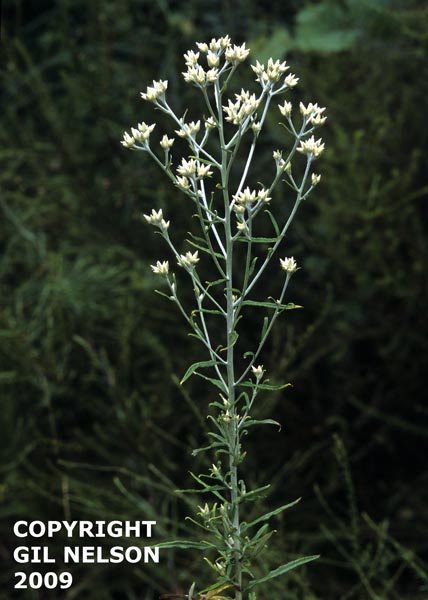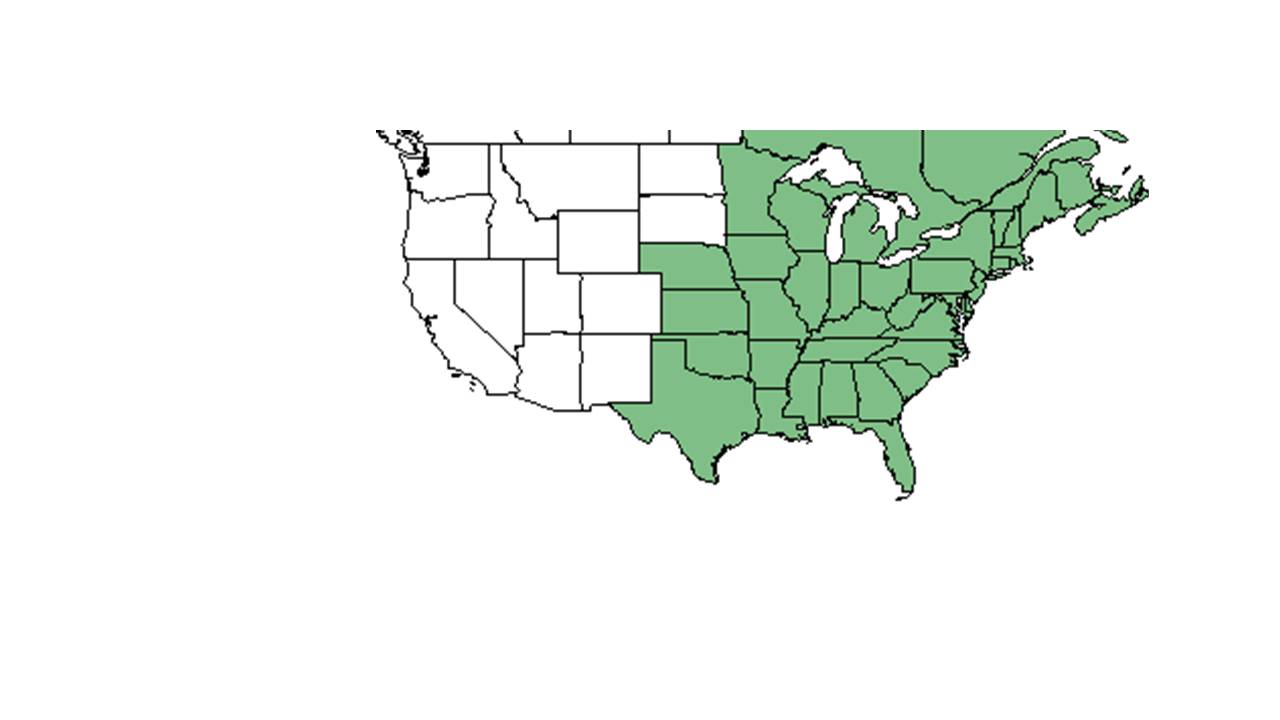Difference between revisions of "Pseudognaphalium obtusifolium"
(→Photo Gallery) |
(→References and notes) |
||
| Line 41: | Line 41: | ||
*Harrington, T. B. 2011. Overstory and understory relationships in longleaf pine plantations 14 years after thinning and woody control. Canadian Journal of Forest Research 41: 2301-2314. | *Harrington, T. B. 2011. Overstory and understory relationships in longleaf pine plantations 14 years after thinning and woody control. Canadian Journal of Forest Research 41: 2301-2314. | ||
| − | |||
| − | |||
Revision as of 13:33, 17 June 2015
| Pseudognaphalium obtusifolium | |
|---|---|

| |
| Photo taken by Gil Nelson | |
| Scientific classification | |
| Kingdom: | Plantae |
| Division: | Magnoliophyta – Flowering plants |
| Class: | Magnoliopsida – Dicotyledons |
| Order: | Asterales |
| Family: | Asteraceae ⁄ Compositae |
| Genus: | Pseudognaphalium |
| Species: | P. obtusifolium |
| Binomial name | |
| Pseudognaphalium obtusifolium (L.) Hilliard & B.L. Burtt | |

| |
| Natural range of Pseudognaphalium obtusifolium from USDA NRCS Plants Database. | |
Contents
Description
The common name is Rabbit Tobacco or Sweet Everlasting (Nelson 2005).
Distribution
Ecology
Habitat
Found on roadsides and disturbed sites, sandhills, and cypress pond margins (Nelson 2005).
An increase in the frequency of P. obtusifolium was observed five to eight years after thinning of a longleaf pine stand (Harrington et al 2011).
Phenology
Seed dispersal
Seed bank and germination
Fire ecology
Pollination
Use by animals
Diseases and parasites
Conservation and Management
Cultivation and restoration
References and notes
- Nelson, Gil. East Gulf Coastal Plain Wildflowers. A Field Guide to the Wildflowers of the East Gulf Coastal Plain, including Southwest Georgia, Northwest Florida, Southern Alabama, Southern Mississippi, and Parts of Southeastern Louisiana. Guilford, CT: Falcon, 2005. 115. Print.
- Harrington, T. B. 2011. Overstory and understory relationships in longleaf pine plantations 14 years after thinning and woody control. Canadian Journal of Forest Research 41: 2301-2314.